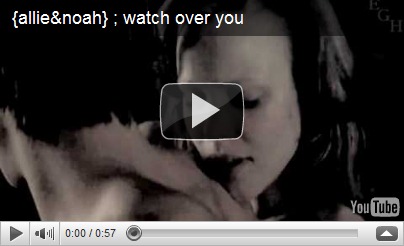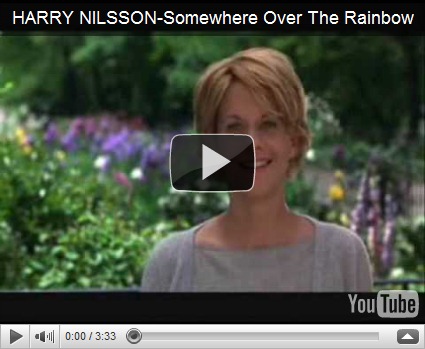Last week, I had the chance to attend LTUE (Life the Universe and Everything.) Although it is a conference focused primarily on fantasy and Sci-Fi, it attracts writers of all genres. During the course of the conference, I ended up having discussions with several different authors that all came back to the same point. Is it possible to make a living as an LDS author?
Wow. Talk about a dicey question. It is
possible? Yes. Is it possible for most authors? No.That’s it discussion done. I haven’t ticked off any authors, publishers, or friends. (A feat in and of itself.)
Which probably means that answer is too simplistic. Sooooo, let’s try this again. I will attempt to be open-minded, tactful, and yet honest at the same time.
You might wonder why this is such a difficult question to answer. Do I know roughly what all of the publisher’s pay per book? Yes. Do I know about how many books each publisher expects to sell on a given title? For the most part, yes. So just multiply A x B, The issue is that 1) every publisher has exceptions. If I say Cedar Fort usually sells x amount of books, they can come back and say, oh we’ve had titles that sell 10 times that many. And it’s true, they do have titles that sell a ton more books than normal. But is that fair to use as an example for a new author? Is it fair to set expectations to a level that is virtually unreachable for Jane Doe that just got accepted for her first mystery novel?
Issue 2) is that publishers are not fond of releasing sales numbers. Even though I suspect all LDS publishers have a pretty good idea of what other LDS publishers are doing, it’s kind of a trade secret. They might not be happy if I started spouting sales number of specific titles publicly.
So what I’ll try to do is use generic enough examples that I won’t tick anyone off, while still providing something useful to you the new or aspiring LDS author.
Let’s start with something pretty basic. Royalties. Royalties in the LDS market typically come a few different flavors. Hardback vs. trade paperback (not the small mass market paperbacks you can fit in your jeans pocket but the one that’s about the same dimensions as a hardback), and retail vs. wholesale.
’ll explain wholesale first, since it’s easier. Wholesale (sometimes referred to in contracts as gross sales price) is the amount the publisher sells the book to a bookstore for. This is usually going to be 30% to 50% off the listed price. However it can be much less if the publisher is trying to get rid of extra inventory. If your publisher pays on wholesale, the normal rate will usually be 10%, whether the book is released in hardback or paperback. So if your book sells for $14.99 and the book store buys it for $8.99, you get about $0.90 per book. If your book sells for $6.99, you make about $0.42 per book.
Retail is a little bit trickier. Trade paperback usually has a royalty in the range of 6.5% for the first 5,000, 8% for the next 5,000, and 10% for anything above 10,000. Hardback is typically a little higher. 10% for the first 10,000 and 12.5% for anything above that. Not all publishers pay the same rates, but these numbers should work for our purposes. Retail is based on the list price of the book—what’s actually on the cover. Again, most contracts have some kind of stipulation regarding books that are sold significantly below normal pricing (clearance or promotional.) If your contract has a section like this, you should ask your publisher how many of their titles are typically sold for these lower rates.
Generally royalties are paid on all books shipped for the previous six months, less a holdback for returns. So in early February I would get a check for all book shipped between July 1st and December 30th. However some publishers wait six months and then pay on a monthly basis. So in early February I would get a check for all books sold the month of July. The good things about this are that there are usually no return holds and you get paid monthly. The bad news is that you have to wait five months longer to get what the other publishers pay in one sum. While some LDS authors do get advances against royalties, most still do not.
Now let’s get to the question most would-be LDS authors are clueless about. How many books can I expect to sell? Ten or fifteen years ago, a new LDS author could sell 15,000 to 20,000 copies of a title or even more. You might think that number has gone up, since there are more LDS readers, more LDS bookstores, and more LDS publishers. But the dad truth is that it has gone way down. Why? Well for one thing, there are MANY more titles being released now. Instead of having ten to twenty fiction titles coming out in a year, readers have well over a hundred to chose from. In addition, the novelty factor has worn off. Remember how cool it was when God’s Army came out? Wow a MORMON movie! How cool was that? Roughly ten years later, Mormon movies are everywhere. And sales have gone down just like they did with books.
This is not to say that Mormon novels don’t still sell well over 20,000 copies, because they do. But they are the huge exception to the rule now. And most of the authors selling that many books started way back when there wasn’t that competition. A new LDS author with a genre title (mystery, romance, thriller, etc) can expect to sell typically no more than 5,000 copies, unless they get amazing marketing from their publisher. 10,000 is a major best seller.
Let’s run the numbers. $14.99 for a trade paperback. Whether your contract is wholesale or retail, you will get about $1 per book for the first 5,000. You will probably sell no more than 5,000 books. So you can expect to earn less than $5,000 per book before taxes. In order to make a living writing books, you would need to publish roughly ten novels per year.
Are there exceptions? Yes. I believe that at least Cedar Fort, Covenant, and DB can point out a novel or two every year that sold more than 20,000 books. Maybe more than 40,000. But the truth of that matter is that a new author publishing a genre novel should not expect to earn more than $5,000, and most will earn quite a bit less.
Am I saying not to write LDS novels? Absolutely not. In fact, it’s not just LDS publishers that have those kinds of numbers. Most independent publishers would be thrilled to have their authors sell 5,000 books. But you should not go into it expecting that after a year or two you will be able to retire at your cabin by the lake. Writing LDS novels can be a great experience. There are so many rewards that have nothing to do with money. I’ve loved writing LDS novels and I hope that regardless of what happens with my national writing career I will be able to continue writing and publishing LDS novels.
But if you are writing an LDS novel because you just lost your job and you want to make a living as a writer, you’d be much, much better off sending out resumes. LDS publishers and other authors, please feel free to point out any areas where I have been less than clear or where my information might be outdated.












